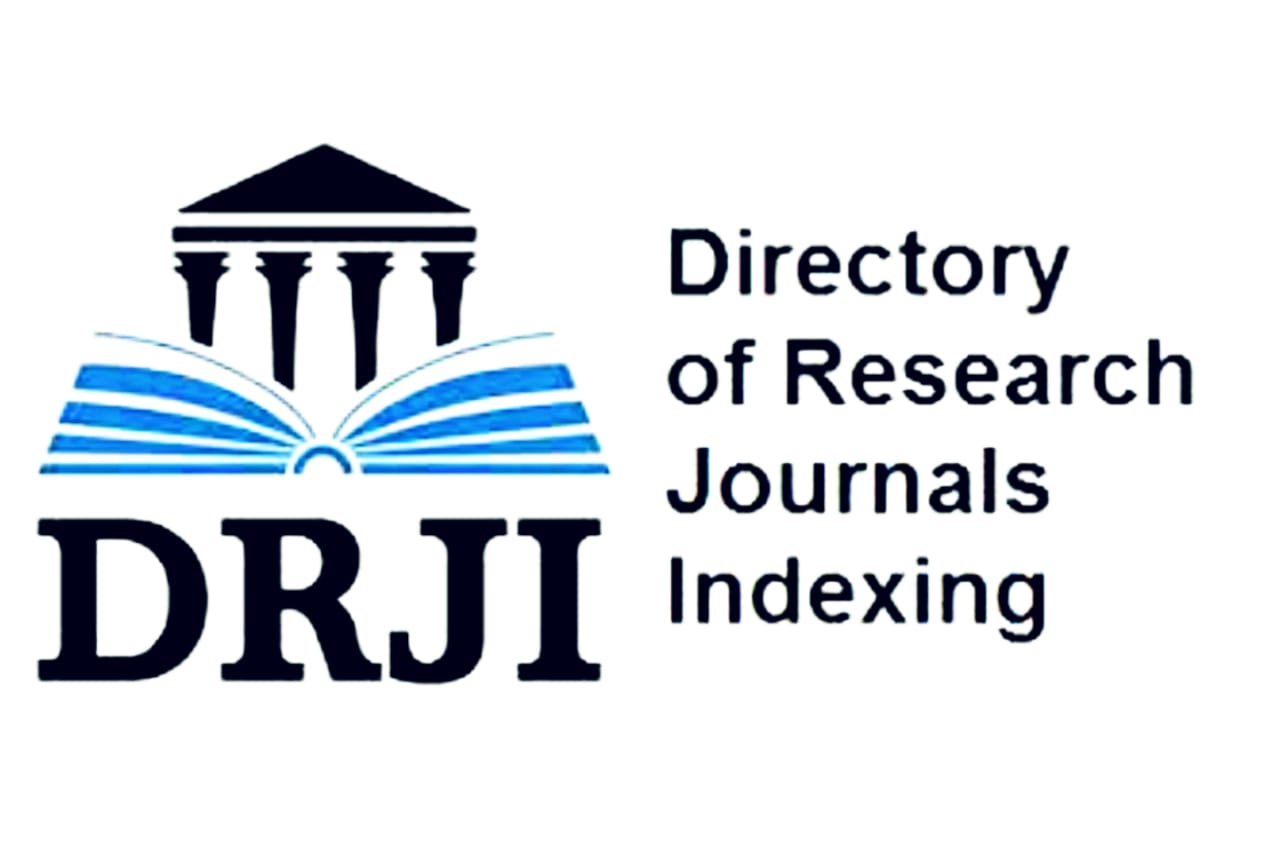Phenols, antioxidant and anticancer properties of three medicinal plants: in vitro and in silico evaluation
DOI:
https://doi.org/10.26577/ijbch.2022.v15.i2.08Abstract
Recently, antioxidant and anticancer properties of phenolic compounds have been an area of growing interest. This work aimed at assessing the phenolic content and selected bioactivity of three medicinal plants. Standard spectrophotometric, chromatographic and biological methods were adopted. In silico screening for the phenolic acids as cytoxic agents for cancer was performed. Euphorbia granulata showed significantly-high amount of polyphenols. The highest level of flavonoid and tannin contents was detected in Galinsoga parviflora. Ten phenolic acids were identified and quantified via GC-MS in all extracts. p-Hydroxybenzoic was the most dominant acid in Tagetes minuta while gallic was the predominant acid in E. granulata. Studied extracts showed higher reactive oxygen and nitrogen species scavenging activities and exhibited lower hydrogen peroxide inhibition value. T. minuta exhibited strong activity on A2780 cell line. The cytotoxicity of G. parviflora was highly significant against all cancer cells. E. granulata proved to be most active towards MCF7 and A2780 cell lines. In silico data revealed that caffeic acid had a high cytotoxicity. Studied crude extracts showed promising antioxidant and anticancer activities, which could be due to the different phenolic contents in the studied plants
Downloads
Additional Files
How to Cite
Issue
Section
License
Copyright (c) 2022 International Journal of Biology and Chemistry

This work is licensed under a Creative Commons Attribution-NonCommercial-NoDerivatives 4.0 International License.
ааа

















